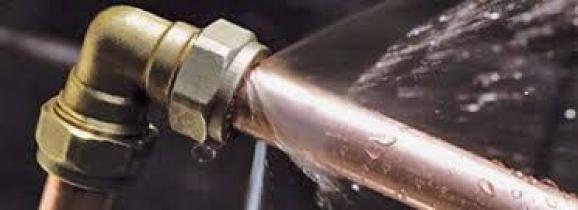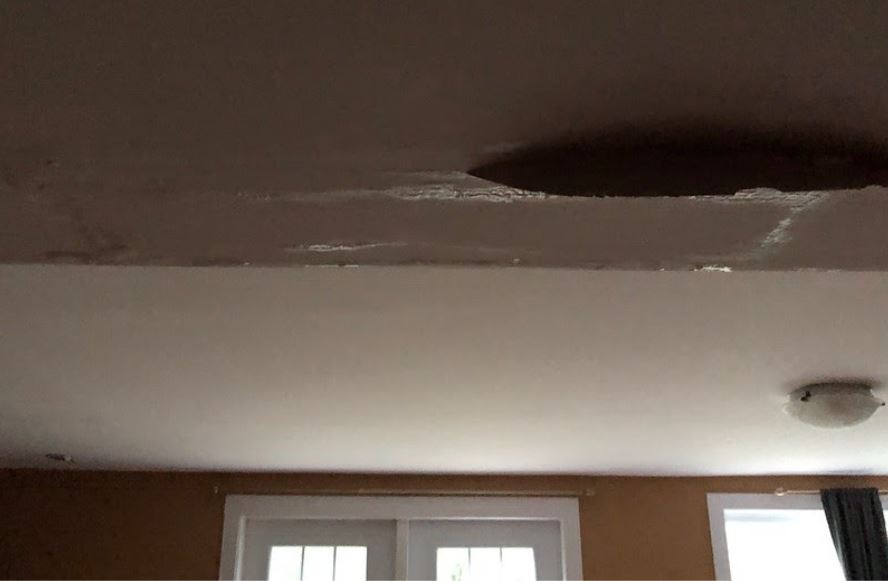Your Home's Common Typical Water Leak Causes: Analysis
Your Home's Common Typical Water Leak Causes: Analysis
Blog Article
We have stumbled on this post on Common Water Leaks In House listed below on the internet and believe it made perfect sense to talk about it with you on this site.

Leakages not just cause waste of water however can additionally cause unnecessary damages to your home as well as advertise unwanted organic development. Water leakages may go unnoticed considering that many of the pipework in our residence is concealed. By comprehending and also looking for day-to-day scenarios that cause leaks, you can protect your home from future leakages as well as unnecessary damages. Today, we will consider 6 leakage triggers that may be creating your pipes to leak.
Instant temperature level changes.
Extreme temperature level adjustments in our pipelines can create them to expand and contract suddenly. This growth as well as contraction may cause cracks in the pipes, especially if the temperature are below freezing. If you kept an eye on exactly how your plumbing works, it would certainly be best. The visibility of the formerly mentioned conditions often shows a high threat.
Corroded water supply
This may be the reason of staining or bending on your water pipes. If our plumbing system is old, consider changing the pipes given that they are at a greater threat of corrosion than the newer designs.
Faulty Pipe Joints
The factor at which your pipelines connect is frequently the weakest web link in the waterline. Pipeline joints can wear away in time, leading to water leaks. The majority of pipeline joints are not easily visible. If you have noisy pipes that make ticking or banging sounds, especially when the warm water is activated, your pipe joints are most likely under a lot of stress. It is suggested to have your plumber check your system yearly.
Trespassing roots
A lot of water leakages begin outside the residence instead than inside it. You could see damp patches or sinkholes in your yard, and that might mean that tree roots are invading water lines causing water to seep out.
Poor Water Connectors
Sometimes, a leakage can be brought on by loose hoses and also pipes that supply your appliances. Generally, shifting is what triggers the loose water Links. You could find in the case of a washing device, a hose may spring a leakage as a result of drinking throughout the spin cycle. In case of a water links leakage, you might see water running straight from the supply line or puddles around your devices.
Clogged Drains
Blocked drains might be bothersome as well as inconveniencing, however they can occasionally wind up causing an overflow causing rupture pipes. Keep removing any kind of materials that might drop your drains that could clog them to stay clear of such aggravations.
All the above are sources of leaks but not all water leakages arise from plumbing leaks; some leaks could originate from roofing system leakages. All leakages must be repaired promptly to prevent water damage.
Leaks not only cause waste of water but can additionally cause unnecessary damage to your residence and also advertise undesirable organic development. By understanding as well as looking for day-to-day scenarios that create leakages, you can shield your residence from future leakages as well as unnecessary damage. Today, we will certainly look at 6 leak causes that might be creating your pipes to drip.
At times, a leakage can be triggered by loose tubes as well as pipes that provide your appliances. In instance of a water connections leakage, you may notice water running directly from the supply line or puddles around your devices.
How To Check For Water Leak In Your Home
How To Check for Leaks
The average household's leaks can account for nearly 10,000 gallons of water wasted every year and ten percent of homes have leaks that waste 90 gallons or more per day. Common types of leaks found in the home are worn toilet flappers, dripping faucets, and other leaking valves. These types of leaks are often easy to fix, requiring only a few tools and hardware that can pay for themselves in water savings. Fixing easily corrected household water leaks can save homeowners about 10 percent on their water bills.
To check for leaks in your home, you first need to determine whether you're wasting water and then identify the source of the leak. Here are some tips for finding leaks:
Take a look at your water usage during a colder month, such as January or February. If a family of four exceeds 12,000 gallons per month, there are serious leaks.
Check your water meter before and after a two-hour period when no water is being used. If the meter changes at all, you probably have a leak.
Identify toilet leaks by placing a drop of food coloring in the toilet tank. If any color shows up in the bowl after 10 minutes, you have a leak. (Be sure to flush immediately after the experiment to avoid staining the tank.)
Examine faucet gaskets and pipe fittings for any water on the outside of the pipe to check for surface leaks.
Undetected water leaks can happen without the home or business owner even realizing. If you suspect a water leak, but not able to find the source. It is time to contact a professional water leak detection service, The Leak Doctor.
How To Find a Water Leak In Your Home
https://www.leakdoctor.com/blog/How-To-Check-For-Water-Leak-In-Your-Home_AE197.html

I was shown that write-up on How to Find Water Leaks through a friend on our other blog. Those who enjoyed reading our blog posting kindly make sure you remember to pass it around. I am grateful for your time. Come back soon.
Quick response? Dial! Report this page